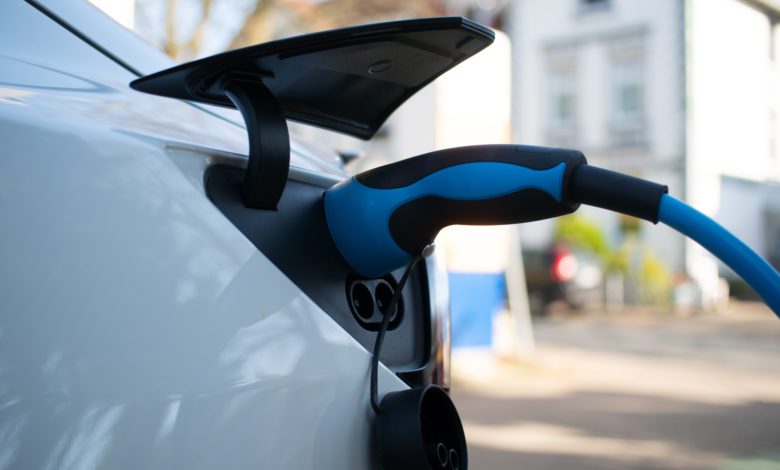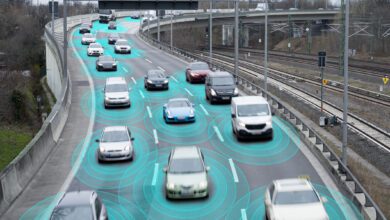
In recent years, we have seen a marked increase in the number of electric vehicles (EVs) on the road. This is due to a number of factors, including advances in technology and an increasing focus on environmental sustainability.
EVs have a number of advantages over traditional gas-powered and diesel cars. EVs emit no pollutants, and they are much cheaper to operate and maintain. In addition, electric cars are becoming increasingly practical, with a range of models now available that can compete with conventional cars in terms of performance and luxury. As more people begin to see the benefits of EVs, it is likely that their popularity will continue to rise.
However, EV charging point accessibility can be a big deterrent to purchasing an EV, especially for people with disabilities. In this post, we take a look at why, as well as what can be done to remedy the issue.
The Charging Cable
Electric cars require a charging cable, whether you carry around your own, or there’s one provided at the charge point. Unfortunately, they are often heavy and awkward to carry, which can make it challenging for people with joint pain or mobility problems to actually plug in their EV.
There are rarely assistants at charge points, so unlike fuel stations, it can be difficult to find anyone who can help you. With around 41% of people in recent research stating that they would find moving the charging cable difficult, this affects a large proportion of drivers — it’s easy to see why people might be put off buying one.
Engineers are working to create a solution for this problem, pioneering charging cables on an overhead reel, so that drivers don’t have to hold the weight of their cable, but simply pull it down and plug in. However, this is still likely to be problematic for drivers who use wheelchairs, or can’t reach up — so further innovation in this field is needed.
Maneuvering Around Charging Points
Most EV charging points at service stations have a small walkway between cars, but this isn’t always wide enough for people with disabilities, especially if they use mobility aids. To add to the issue, charging points might not have flat paths and dropped curbs, making it near impossible for wheelchair users to access them.
Charging points on city streets are often even worse, requiring drivers to parallel park, and then squeeze in between cars. While some effort has been made to create charging points that can be height adjusted according to the needs of the user, this doesn’t help them actually get to the charging point in the first place.
Clearly, if we want charge points to be available to everyone, these issues will have to be tackled when building new stations.
Number of Accessible Charging Points
Currently, many people cite the low availability of electric charge points as part of the reason that they’re reluctant to change to an EV. Particularly in America, where drivers often need to cover long distances, having range anxiety around running out of charge is certainly a valid reason to hold on to your traditional vehicle.
The Biden administration has recognized this, and is spearheading a plan to introduce 500,000 charge points across the country, but this still poses a question — how many of these will actually be accessible? Or will disabled drivers still have to meticulously plan their journey to ensure that they won’t get stranded? Not only do accessible charging stations allow disabled drivers to use EVs, but they also just make it easier for everyone else — those with kids who need to open doors wide, and the elderly who may also need a little more room to get by.
James Ritter is a digital consultant with a particular interest in sustainability, and has advocated for content focusing on both local and global environmental issues. He majored in English at university, and is passionate about making sustainable living easier for everyone.
Disclaimer
Opinions expressed in this article are those of the author and not necessarily those of IEEE or IEEE-USA.





Switching to the Tesla charging system would be a big help, since the connectors and cables are much lighter and easier to handle.